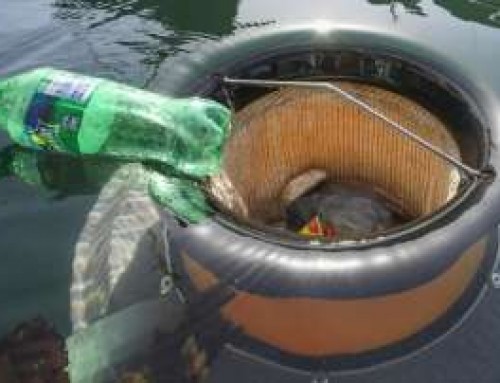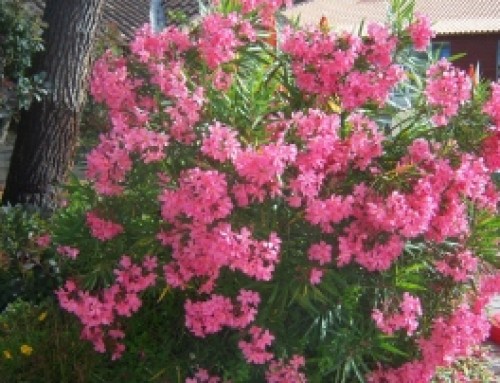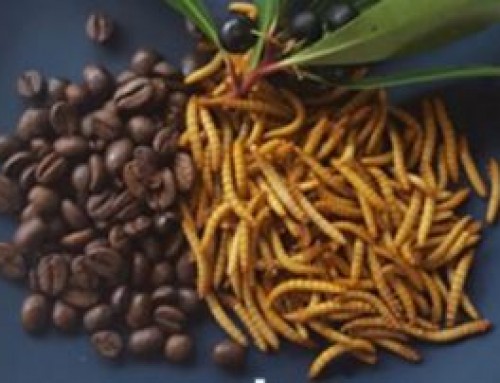Green shoots and beautiful flowering displays of azaleas, jasmines, tabebuias, bauhinias, grevilleas plus many other trees and shrubs in the garden and in the bush is a signal that we’re on the doorstep of spring in SEQLD.
As August progresses, many plants become more active. Even if they weren’t fully dormant throughout our relatively mild subtropical winters, increasing amounts of warm and light stimulate flowering and/or new growth in a wide variety of plants from turf to trees. This makes the late winter/early spring transition a key time for the gardener to step and in and make some management decisions that will set the plant up for the months, and even years, ahead.
Unfortunately, the ground can be can be very dry at this time of the year, with desiccating westerly winds exacerbating the problem for our poor plants. Given that so many are flowering, setting fruit or putting on new growth as the weather warms, provide supplemental water (if you can) to keep them healthy and vigorous until rains arrive. This is especially important for vegetables and fruiting plants. Container plants and all newly planted specimens are also especially vulnerable and require extra vigilance.
If the cost of water is a worry, consider the time, effort and money you’ve already invested in your plants. What is the value of the resultant crops, having a dense privacy hedge or a lush lawn for the kids to play on?
Watering restrictions can change with municipal storage levels, so check with your local authority if in doubt about current rules.
General fertiliser applications at this time will be appreciated by most plants, but again only if it there is water available (preferably watering before and after application). Fertiliser on dry soil can be wasteful or even damaging. Be especially careful not to burn shallow-rooted plants like azalea. Remember to keep high-phosphorus fertilisers away from sensitive natives like grevillea and Banksia (if in doubt buy a product especially formulated for natives).
Fertilisation, planting and pruning jobs (see below) might need to be delayed until good rains if follow-up water can’t be supplied to support the resultant new growth.
These tasks might also be delayed if cold weather persists, especially if there’s any risk of frost in your district. If you have suffered frost-damage, resist the temptation to cut off the affected material until you’re sure the danger has passed as it will afford the living material beneath some protection.
Common hedge types like Murraya paniculata, Lilly Pillies and Duranta can be given a prune and should put on good new growth with water and general-purpose fertiliser.
Many summer-flowering shrubs and sub-shrubs can be pruned about now to control the size and shape of the bush and to stimulate floriferous new growth e.g. ‘Geisha Girl’ Duranta, Abutilon, Ruttya fruticosa, Solanum rantonnetii, Odontonema strictum, Bauhinia galpinii.
Pruning of real heat-loving summer flowerers like allamanda, mussaenda, pentas, brugmansia and plumbago, plus tropical foliage plants like acalypha, crotons and cordylines can be delayed until onset of truly warm weather. The foliage will help protect and feed the plant through the cold months. You’ll also have some foliage to look at (even if it is a bit tatty by now) with less time to wait for it to be replaced if pruning occurs when growth is about to take off.
September is often cited as the best month for major pruning of Hibiscus in SEQld, but local expert Jim Howie suggests this may be done from mid to late August in Brisbane and that the earlier it is done the longer the flowering may be enjoyed. Since then, erinose mite has become a big problem in Qld. Mid-August pruning is also preferable because it gives the vulnerable new growth a head start on the mites, which are not yet active at this time.
Prune (if necessary) and fertilise camellias and azaleas as flowering finishes and before new vegetative growth starts. Both types of plant appreciate a fertiliser formulated for “acid lovers” – look for camellias and azaleas on the label. If you like a compact dense style of azalea bush (versus a more naturalistic growth habit), you can tip prune once or twice more before the end of the year.
Of course, you’ll want to delay any pruning of other species that flower in late winter or spring until the display is finished. These include gardenia, bottlebrush, yesterday today & tomorrow, May bush, Loropetalum, spring flowering jasmines and star jasmine, Rondeletia amoena, Eranthemum.
Prune roses early in the month if you didn’t do it in July. It is recommended fertilising roses around the end of August with a specialised rose fertilser. Clumps of perennials like agapanthus, daylily, ornamental grasses, dietes, liriope, canna, ornamental gingers and daisies such as gazania, shasta daisy and gerbera can be divided. While (relatively) dormant, they won’t be greatly stressed, but should start making new growth quickly as weather warms.
Remove spent flowers from winter-flowering annuals like sweet peas, pansies, calendula, iceland poppies. Those, as well as budding spring-flowerers, will benefit from supplemental feeding with a soluble fertiliser every 1-2 weeks for optimal results. Be sure to keep them well-watered, too.
Control bindii without delay, before they set the seed that cause such annoyance in summer. Allowing them to set seed will also facilitate further proliferation down the track, a principle that applies to other weeds, too.
As always, 2Ezy skips can deliver a skip to you for all your rubbish needs.
Whether it is building, gardening or cleaning out the garage, new projects are so much easier when you have a skip bin to help. With 2ezy skips, you can start an efficient, affordable and environmentally friendly outdoor or indoor project.
For more information regarding what kind of waste types you can put in skip bins, the areas we service, Brisbane North to inner South suburbs, and the costs of each skip bin, contact us today. With affordable skip bins in a range of sizes, we can help you clean out your rubbish from your garden, home or office project fast.





